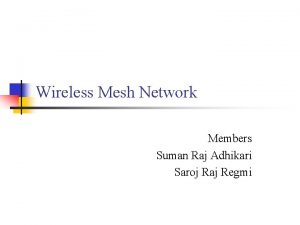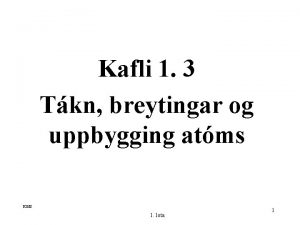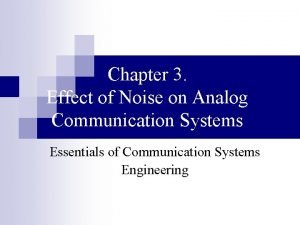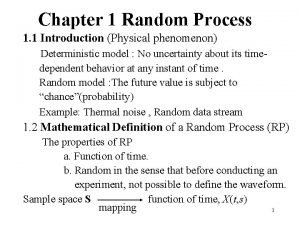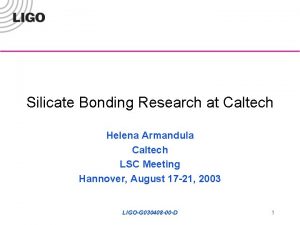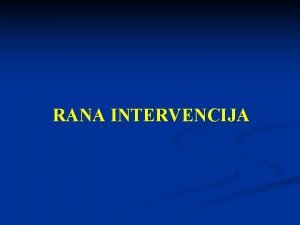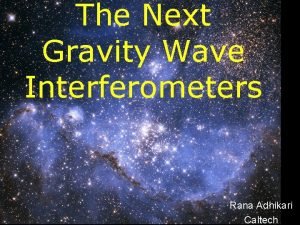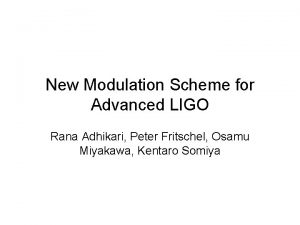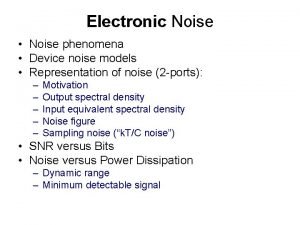Thermal Noise Research Rana Adhikari 3 Helena Armandula








- Slides: 8

Thermal Noise Research Rana Adhikari 3, Helena Armandula 2, Mark Barton 2, Joseph Betzwieser 1, Bill Butler 4, Dennis Coyne 2, David Crooks 5, Marty Fejer 6, Peter Fritschel 1, Andri Gretarsson 3, Gregory Harry 1, Jim Hough 5, Steve Mc. Guire 7, Mike Mortonson 1, David Ottoway 1, Steve Penn 8, Roger Route 6, Sheila Rowan 5, 6, Peter Saulson 8, David Shoemaker 1, Peter Sneddon 5, Chris Vassiliou 1, Mike Zucker 1 LIGO (MIT 1, Caltech 2, LLO 3, LHO 4), Glasgow University 5, Stanford University 6, Southern University 7, Syracuse University 8 June 27, 2002 LIGO-G 020265 -00 -R

Thermal Noise in LIGO Initial LIGO Internal mode thermal noise � not expected to be limiting noise Needs to be checked � Advanced LIGO �Internal mode thermal noise limiting noise in sensitive region �Coating loss effects this limit �Sapphire better than silica 2

Mechanical loss in optical coatings � � � Initial LIGO coatings cause too much thermal noise for advanced LIGO Explore alternatives by measuring Q of coated silica disks First step : determine source of loss in Ta 2 O 5/Si. O 2 coating - Material internal friction? - Interlayer rubbing? 3

Mechanical loss in optical coatings-results 4

Mechanical loss in optical coatings - future plans � Compare loss in Ta 2 O 5/Si. O 2 coatings from SMA/Virgo and MLD � Explore effect of annealing temperature and times � Correlate � Try coating stress with mechanical loss alternative materials - Nb 2 O 5 /Si. O 2 (coating run finished at MLD) - Al 2 O 3/Ta 2 O 5 (low loss from General Optics, high loss from MLD) - others (Titania, Hafnia, ? ) 5

Prediction of initial LIGO thermal noise �Method of Levin/Yamamoto - Modal expansion incorrect for inhomogeneous loss �Use Finite Element Analysis to predict elastic energy in lossy regions of test mass (wire, magnets, coating, etc) �Measure Q's of about ten modes of all IFO test masses - LHO 2 K ITMs and LLO ITMx already measured �Solve for loss in each region 6

Pilot experiments - Multiple f's 1. Isotropic materials, like fused silica, have two independant loss angles 2. Silica sample shaped like "I" 3. - Flexure, torsional modes have similar frequencies 4. - Can excite each mode with same exciter 5. Measure Q of flexure modes and torsional modes 6. Sapphire has five independant loss angles 7. Need expanded FEA code to model and extract f's of 7 sapphire measurements

Pilot experiments - Charging vs Q 1. Evidence of Q degradation in pendulum mode due to charging from Glasgow group 2. Evidence of charge buildup on test masses from observatories and Moscow group 3. Measure Q vs charge for modes of thin coating disks 4. Various models developed and tested 5. - Eddy current damping ruled out 6. - Polarization losses in silica looks promising 7. May be important to study other effects of charging 8

